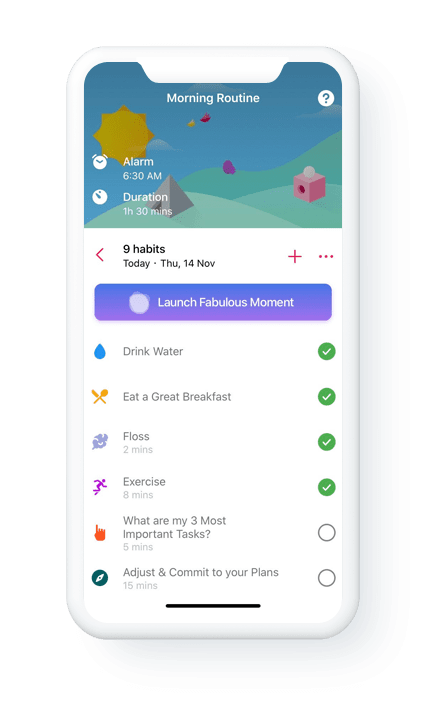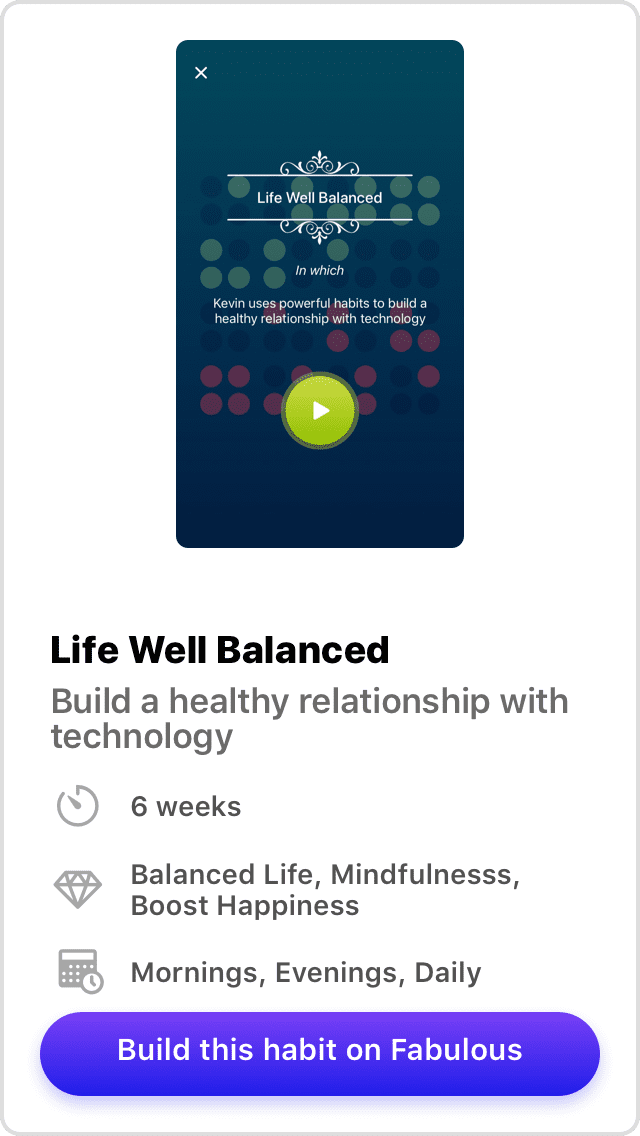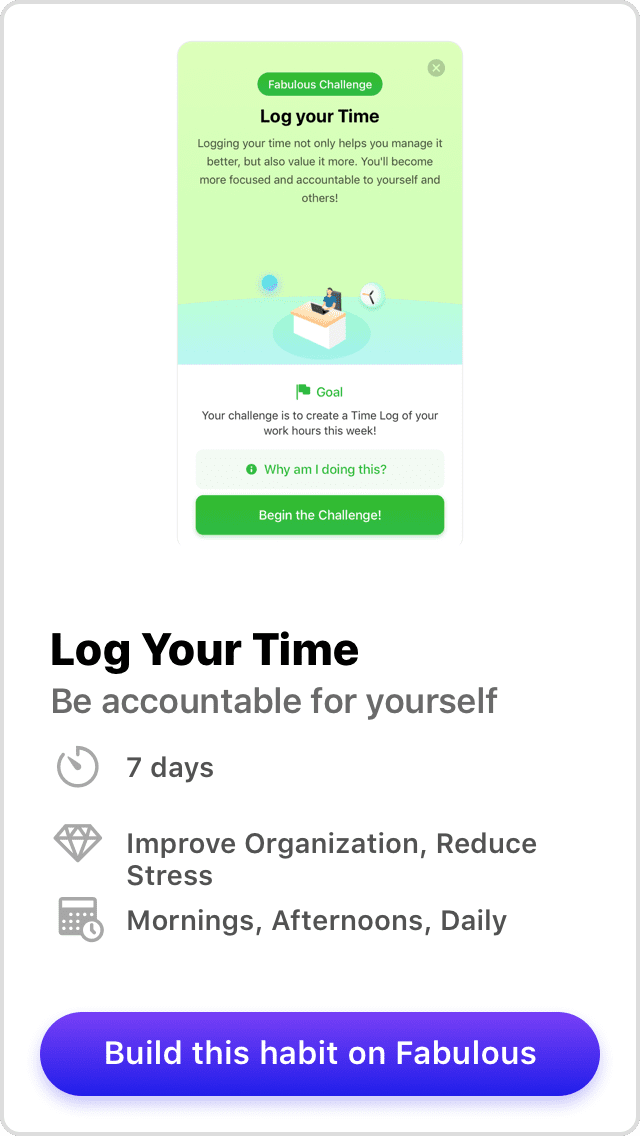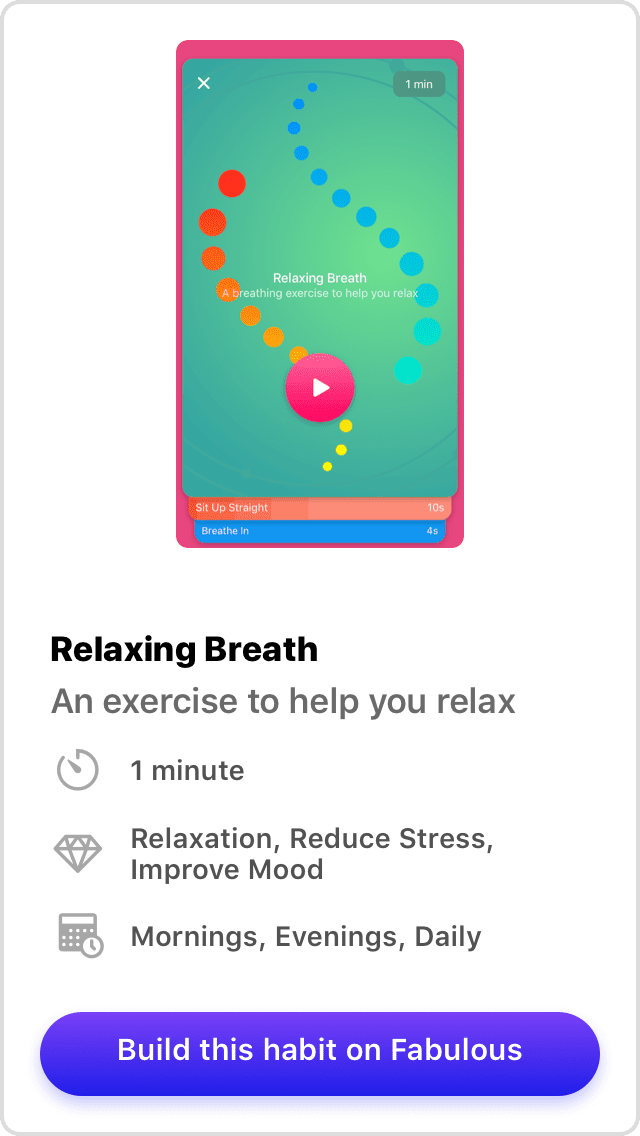Have you ever forgotten an important appointment because you wrote it down in the wrong place? Or maybe you had a really great idea, slapped it hastily on a sticky note, and then threw that note away thinking it was garbage a few days later. We’ve all failed to plan our days properly from time to time, but what if it was because our planners are failing us? This is exactly the problem Ryder Carroll had when he invented the bullet journal, a simple but profound task management system that’s the subject of his book, The Bullet Journal Method.
Your Current Planner Might Do More Harm Than Good
Whether you use an app to track your to do list or plain old pen and paper, you may find yourself scrambling to keep track of everything you need to remember. This is because most task management systems are only designed to manage tasks, but our lives are much more complicated than that! What if you need to remember an upcoming appointment? What if you need to take note of a sudden idea you have?
This is where the bullet journal method really shines. Bullet journals keep track of everything in your life in one simple, central location that is highly customizable to your specific needs. As a result, anyone can benefit from the bullet journal method.
Feeling overwhelmed by all the tasks in your planner? Use the Fabulous’s 1-Minute Relaxing Breath exercise to recenter yourself.
What Makes a Bullet Journal Different?
A basic bullet journal is divided into four major parts, called collections: The index, the future log, the monthly log, and the daily log. However, the full potential of a bullet journal is limited only by your imagination. You can use your bullet journal to keep a food log, a fertility tracker, daily sketches, or anything else you want to track. A bullet journal can also be as plain or ornamental as you like. One of the biggest selling points of the bullet journal is just how customizable it is; there is truly something for everybody!
But, before we get ahead of ourselves, let’s come back to those four major collections.
The Index
Your bullet journal index will take up the first few pages and is the place to document what is inside your journal and where to find it. Think of it like your journal’s table of contents. It will be blank when you start but you’ll gradually add items to it as you use your bullet journal more.
The Future Log
A future log is the part of your bullet journal that is used to store dated entries that take place outside of the current month, usually for the next six months to a year. The future log is your way of looking to the future and staying on task toward your longer-term goals.
The Monthly Log
The monthly log is dedicated to the current month and consists of two pages: The calendar page and the task list page. The calendar page provides a birds-eye view of the month ahead. The task page is designed to help you take a mental inventory of your tasks and priorities each month.
The Daily Log
Finally, your daily log is meant for day-to-day usage. You can rapid-log tasks, events, notes, and ideas throughout the day as items occur. It’s okay if your daily log is a little messy or chaotic; your other collections are meant to help you better organize the things you log here!
How to Start Your Own Bullet Journal
Your bullet journal can be as elaborate or simple as you like, but all you need to get started is a fresh notebook and a pen. Carroll recommends dot grid notebooks, as they’re a nice middle ground between the flexibility of a blank page and the rigid structure of ruled paper.
Your first few pages should be left blank for your future index. After that, start your future log, then your monthly log, and finally your daily log. Daily logs should be logged one day at a time; you never know how much space you’ll need for each day!
Beyond that, it’s up to you how you’ll further customize your bullet journal. Here are just a few ideas for what else you can do to make your bullet journal uniquely yours:
- Color-coding entries with different colored inks
- Using stickers, illustrations, or fancy lettering to add artistic flair to spreads
- Including collections for books you want to read or movies you want to see
- Leaving blank pages for sketches or journal entries
- Creating a habit tracker page
The possibilities are truly endless, and that’s what makes the bullet journal method so special and popular.
Feel up for a challenge? Sign up for the Fabulous Log Your Time challenge and use your new bullet journal as your time log!
Taking Your Bullet Journal to the Next Level
You shouldn’t need to spend more than a few minutes per day on your daily logging. However, at the start of each month, be sure to go over the pages of the previous month to assess your accomplishments and what still needs to get done. You may find you didn’t complete a lot of your tasks, and that’s okay! You can simply move them to the next month in a process Carroll calls migration. Migration is also your opportunity to cross off tasks that are no longer relevant to you and to reevaluate your goals for the month ahead. It’s this combination of task management and mindfulness that’s also a major draw for bullet journal enthusiasts.
If you’re ready to start a bullet journal habit, Fabulous can help. Just add the “write in my journal” habit to one of your daily routines to remind you to check your bullet journal at least once a day. It may take some time to get the hang of the bullet journal method. But most people who try it never look back, and we suspect you’ll love it, too!
Regular bullet journaling is just one way to increase your mental fitness. If you’re interested in other ways, try starting Fabulous’s Mental Fitness journey.







